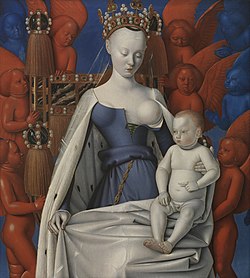This article needs additional citations for verification .(November 2025) |
The decade of the 1450s in art involved many significant events, especially in sculpture.
This article needs additional citations for verification .(November 2025) |
The decade of the 1450s in art involved many significant events, especially in sculpture.

